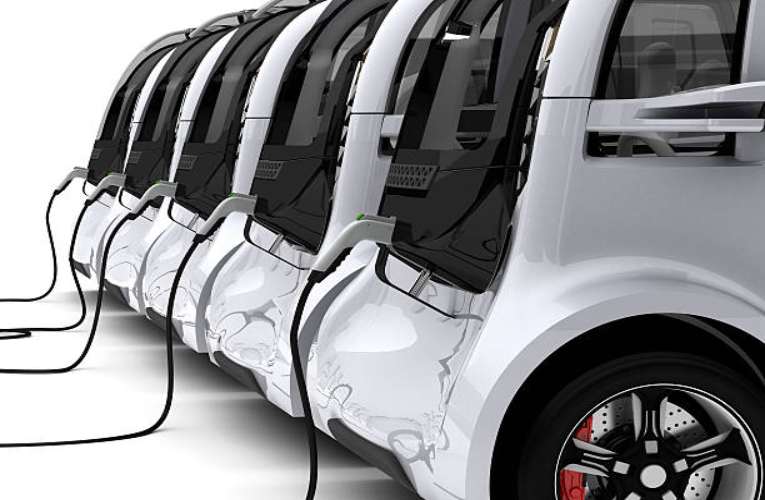
Compared to the conventional gasoline engines, EV batteries are heavier and this additional weight puts a lot of pressure on the tyres and brakes
India and various other countries have started adopting and boosting electric vehicles to reduce carbon emissions at a large-scale. EVs are gaining huge traction all over the world and are considered to be environmentally amicable transportation. This is because in EVs, the greenhouse gas emissions are very less compared to that of conventional petrol and diesel cars.
But, the UK based global research body Emissions Analytics, which scrutinizes emissions data has now revealed that EVs are heavier than traditional vehicles and therefore, have a higher chance to release huge toxic substances into the air from the brakes and tyres. The research body counters the idea that EVs have the ability to control greenhouse emissions. In fact, it has been argued by Emissions Analytics that the new gasoline powered cars are furnished with effectual exhaust filters and the emissions from EVs will be 1,850 times greater.
The research argued that as EVs are heavier in weight the tyres are damaged faster, which ultimately releases harmful elements into the atmosphere. Tires are playing an important role in this ecosystem because they are manufactured from synthetic rubber from crude oil. In fact, the battery weight also has some negative effects. Compared to the conventional gasoline engines, EV batteries are heavier and this additional weight puts a lot of pressure on the tyres and brakes.
For instance, Tesla’s Model Y and Ford F-150 have batteries weighing around 1,800 pounds. The survey report featured in the Wall Street Journal stated that tyre wear emissions from an EV with a half-tonne (1,100 pounds) battery could be over 400 times higher than exhaust emissions from a modern gasoline car. Conventionally, the vehicle’s pollution is always focused on its tailpipe, but now, it is an urgent need of the hour to focus on particle pollution from brakes and tyres.

